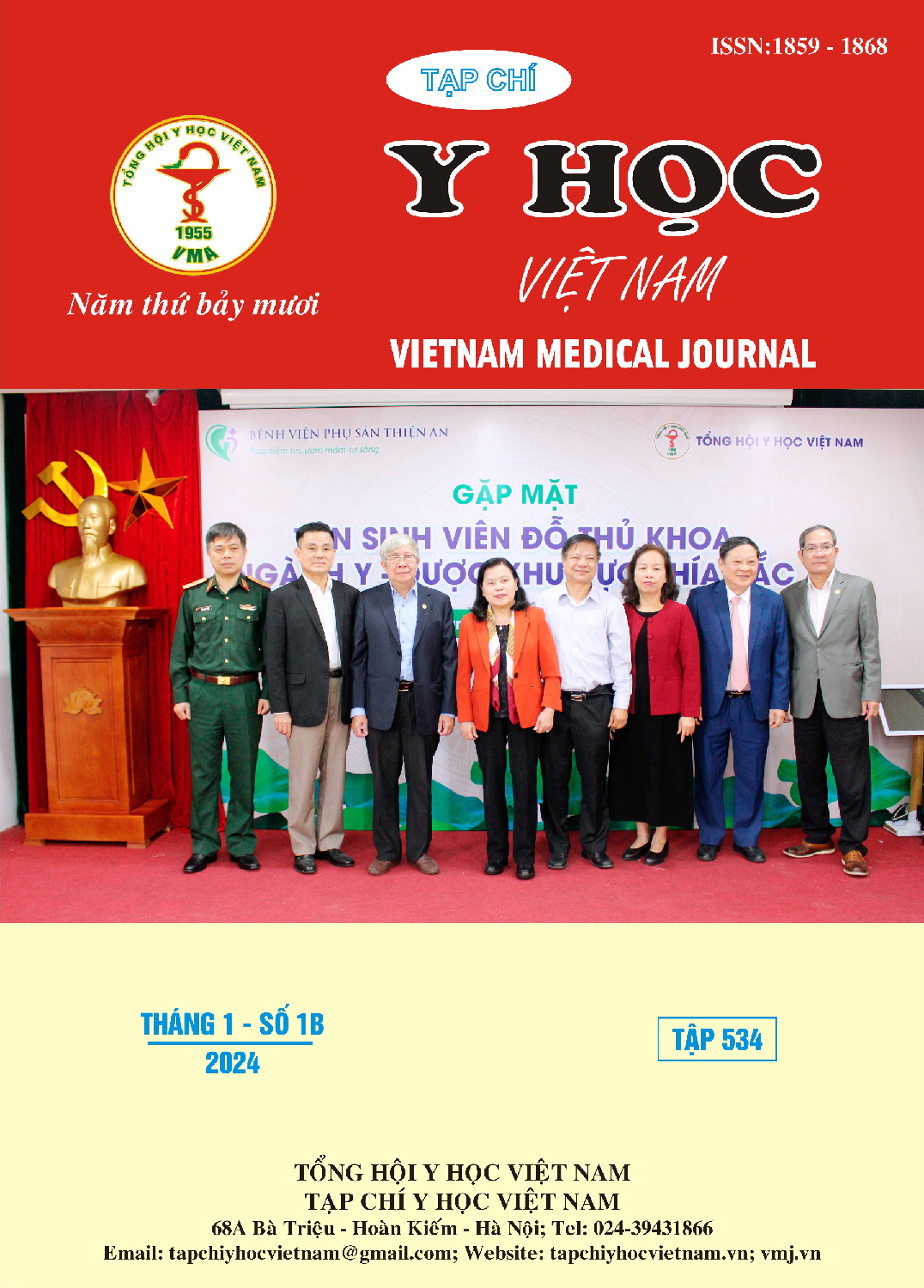STUDY ON THE CHARACTERISTICS OF VERTEBRAL FRACTURES AND SOME FACTORS RELATED TO OSTEOPOROSIS IN PEOPLE OVER 50 YEARS OLD AT CAN THO UNIVERSITY OF MEDICINE AND PHARMACY HOSPITAL IN 2021-2023
Main Article Content
Abstract
Background: Vertebral fractures in osteoporosis patients are not an acute disease, but their consequences significantly reduce the patient's quality of life. Objectives: Determine the rate and describe the characteristics of vertebral fractures related to osteoporosis and some related factors in patients over 50 years old. Materials and Methods: 74 osteoporosis patients with no history of previous spinal injury over 50 years old hospitalized at General internal medicine department in Can Tho University of Medicine and Pharmacy in 2021-2023. Research design: cross-sectional descriptive study. Results: in 74 osteoporosis cases studied, 66,2% of fractures were related to osteoporosis, the proportion of women was higher than that of men, mainly in the age group of 60-80 years old. The average age in the study was 72,18 ± 9,55 years old. Fractures in the thoracic spine and lumbar spine account for 55%. The most common fracture location is at L1, 33,8%, with subsidence fractures accounting for the majority, 42,9%. Fractures grade 1 40,7%, grade 2 36,7% and grade 3 22,6%. Factors associated with vertebral fractures are history of fractures (p<0,001), history of falls (p<0,001), corticosteroid use (p=0,001), bone density (p<0,001), age menopause in women (p=0,011). Conclusions: Vertebral fractures related to osteoporosis account for a high rate of 66,2% in osteoporosis patients. In most patients with T11-L1 vertebral fractures, subsidence and concavity fractures predominate and most are grade 1 fractures. Osteoporosis patients have many risk factors leading to fractures such as advanced age and low bone density, early menopause, using corticosteroid, history of falls, history of bone fractures,...
Article Details
References
2. Trương Trí Khoa, Nguyễn Thanh Huân và Nguyễn Đức Công, "Nghiên cứu đặc điểm và các yếu tố liên quan của gãy xương đốt sống trên người cao tuổi bị loãng xương", Tạp chí Y học Việt Nam. 2022. 528(2), tr. 103-109.
3. Hồ Phạm Thục Lan, "Quy mô gãy xương đốt sống ở người Việt", Thời sự y học. 2011. 63, tr. 11-16.
4. Huỳnh Ngọc Phương Thanh và Huỳnh Thanh Hiền, "Đặc điểm lâm sàng, cận lâm sàng ở bệnh nhân gãy lún đốt sống thắt lưng do loãng xương tại bệnh viện Đa khoa tỉnh Kiên Giang năm 2021-2022". Tạp chí Y Dược học Cần Thơ. 2022. 53, tr. 19-26.
5. Beatrice Bouvard, Cédric Annweiler và Erick Legrand, "Osteoporosis in older adults", Joint Bone Spine. 2021. 88(3), tr. 105135.
6. Coughlan Tara and Frances Dockery, "Osteoporosis and fracture risk in older people", Clinical medicine. 2014. 14(2), pp. 187.
7. Hongwei Wang and et al, "Epidemiology of spinal fractures among the elderly in Chongqing, China", Injury. 2012. 43(12), tr. 2109-2116.
8. Lems WF and et al, "Vertebral fracture: epidemiology, impact and use of DXA vertebral fracture assessment in fracture liaison services", Osteoporosis International. 2021. 32, tr. 399-411.


